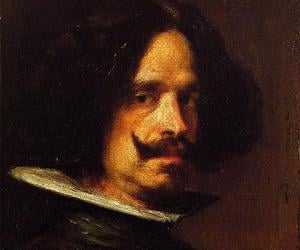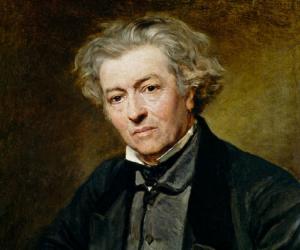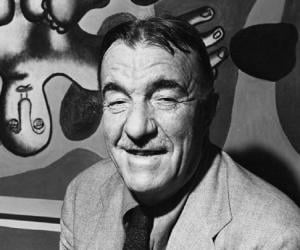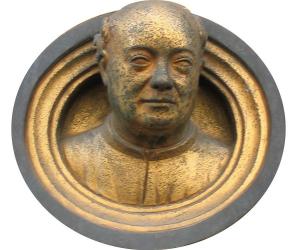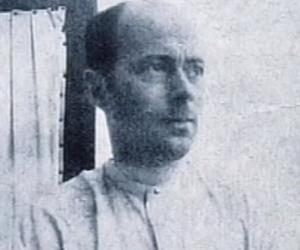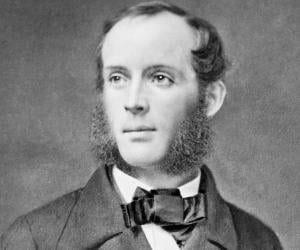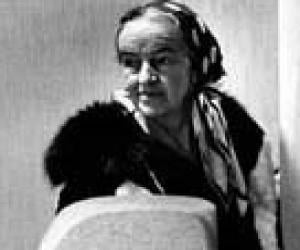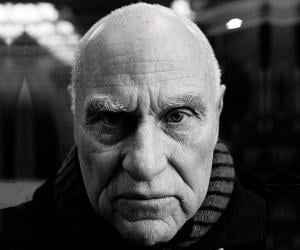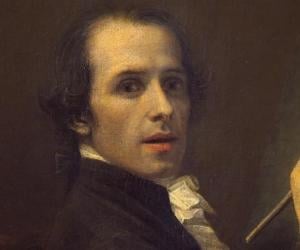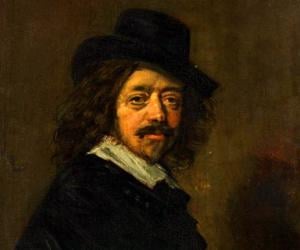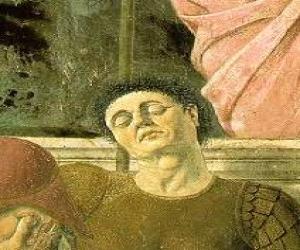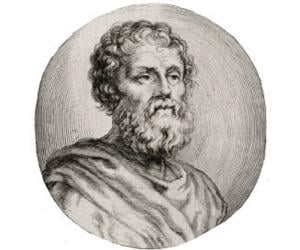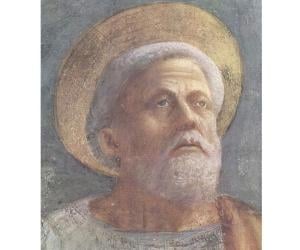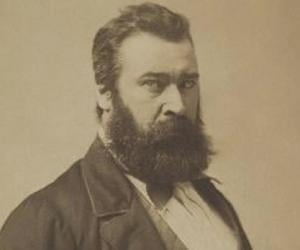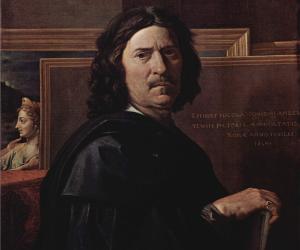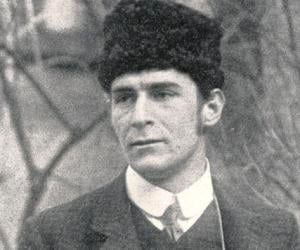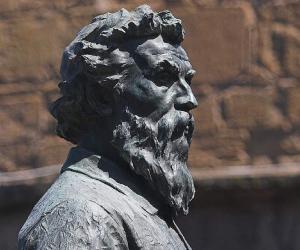Childhood & Early Life
Diego Rodriguez de Silva Velazquez is believed to have been born a few days before his baptism on June 6, 1599, in Seville, Andalucia, as the eldest child to lawyer Juan Rodriguez de Silva and Jeronima Velazquez.
He was drawn towards art since childhood and hence, he joined famous painter Francisco de Herrera who taught him to paint with long-bristled brushes.
He left Herrera’s studio after one year and joined local artist Francisco Pacheco on a six-year apprenticeship, who taught him techniques of drawing, painting, still-life and portraiture.
Career
He finished his apprenticeship in 1617 and set up his own studio. His initial works displayed genre scenes and sacred subjects – ‘Old Woman Frying Eggs’ (1618), ‘The Adoration of the Magi’ (1619), and ‘Mother Jeronima de la Fuente’ (1620).
In 1622, he traveled to Madrid in the hope of acquiring royal patronage and made a portrait of poet Luis de Gongora, but didn’t find any success.
He returned from Madrid a year later, in 1623, on Prime Minister Count-Duke of Olivares’s command to paint a portrait of the young King of Spain, King Philip IV, who appointed him as one of his court painters, upon seeing his composition.
His artworks were largely inspired by the impressive Venetian paintings present in the royal palace, especially Titian and Rubens, evident from ‘Los Borrachos’ (The Triumph of Bacchus) – one of his finest creations during that period.
In 1629, he went to Italy to study and improve his painting, which turned highly successful in developing his artistic skills, largely due to the influence of the local painters.
The contemporary Italian culture was brought out on the canvas through his two paintings, exhibiting nude males, which he composed in Rome – ‘Apollo in the Forge of Vulcan’ and ‘Joseph’s Coat Presented to Jacob’.
Upon his return after a year and half, he started painting a series of portraits, featuring the royal family on horseback, apart from capturing the dwarves, who served in the King’s court, on the canvas as seen in ‘The Favorite’ (1644).
Apart from regular painting tasks, he took up different responsibilities in the royal household. In 1936, he became a wardrobe assistant, followed by superintendent of palace works in 1643.
His second trip to Italy happened in 1649 where he purchased paintings and updated himself with the changing Italian art.
While in Rome, Accademia di San Luca and Congregazione dei Virtuosi al Pantheon, two prestigious artist organizations, included him as a member, in 1650.
He returned to Madrid in 1651 and was immediately appointed as the chamberlain of the palace by the King. He found new subjects in the new queen of the King, along with her children, to portray on the canvas.
He became a knight of Santiago in 1658 and was assigned the responsibility of overseeing the decorations of Infanta Maria Theresa’s wedding with Louis XIV of France on the French border.
Major Works
During his second trip to Italy in 1649, he painted one of his finest masterworks – a portrait of Pope Innocent X, along with a realistic portrait of his servant, Juan de Pareja, and his only surviving female nude painting ‘Venus Rokeby’.
In 1656, he captured the young Infanta Margaret Theresa in his painting ‘Las Meninas’ (The Maids of Honour), surrounded by her maids and other attendants, which became one of his most acclaimed magnum opuses.
He painted the famous ‘Las hilanderas’ (The Spinners), perhaps among his last compositions, in 1657, representing the Fable of Arachne or the interiors of the royal tapestry, drawn largely from the Titian’s ‘The Rape of Europa’.
‘Infanta Margarita Teresa in a Blue Dress’ (1659), a unique creation radiating an impressionistic appeal of its three-dimensional quality when viewed from a certain distance, was the last portrait he made of the royal family.
Personal Life & Legacy
He married his mentor’s daughter, Juana Pacheco, in 1618. The couple had two daughters – Francisca de Silva Velazquez y Pacheco (1619) and Ignacia de Silva Velazquez y Pacheco (1621).
Upon his return to Madrid from Infanta Maria Theresa’s wedding in France, he fell ill with fever and died on August 6, 1660. He was laid to rest in the Fuensalida vault, in the San Juan Bautista Church.
His wife Juana passed away within a week of his death and was buried beside Velazquez. However, the French destroyed the church in 1811 and hence, his place of burial remains unknown.
On the occasion of his 400th birth anniversary in 1999, Prado Museum in Spain exhibited his artworks, while a fresh search on his tomb was carried out.


